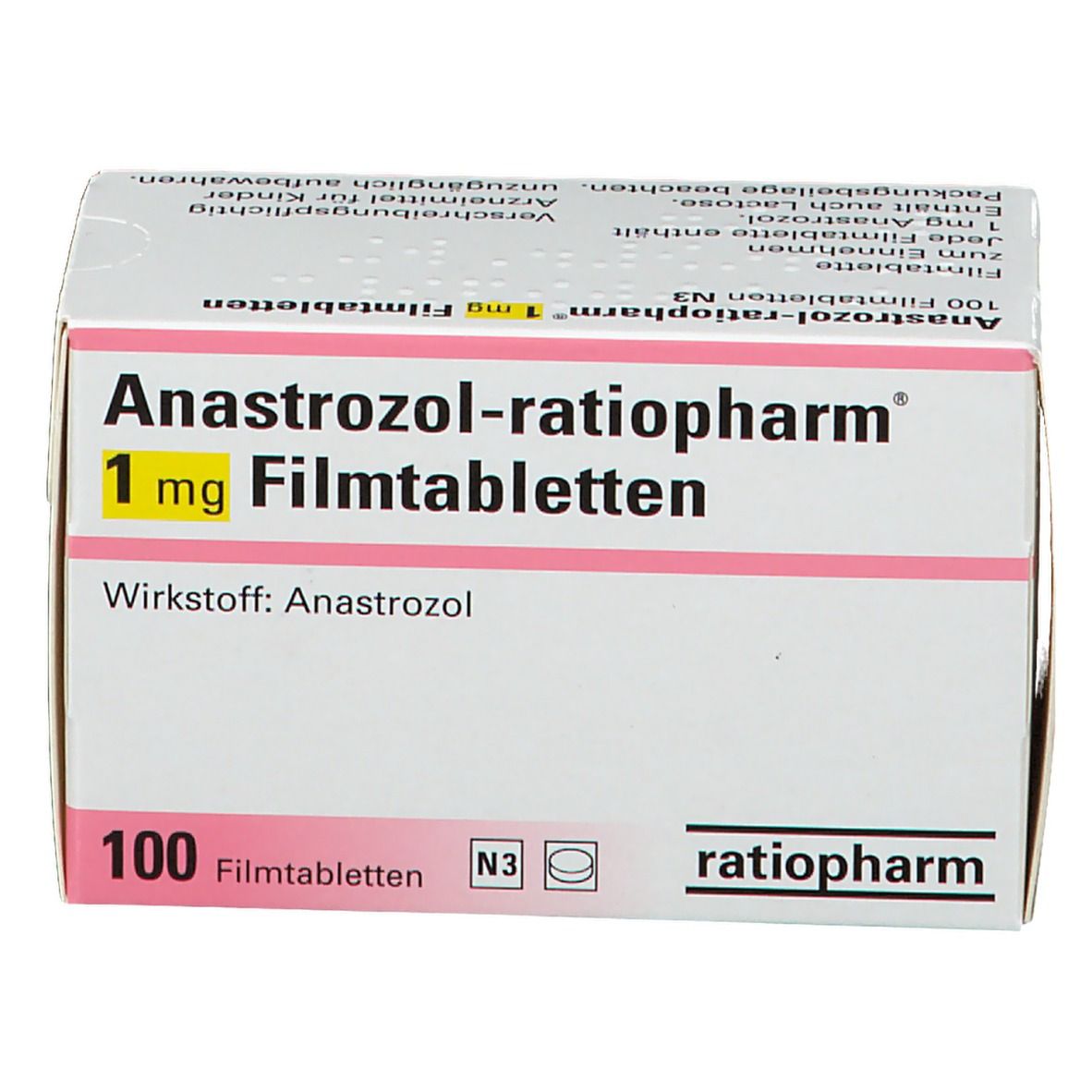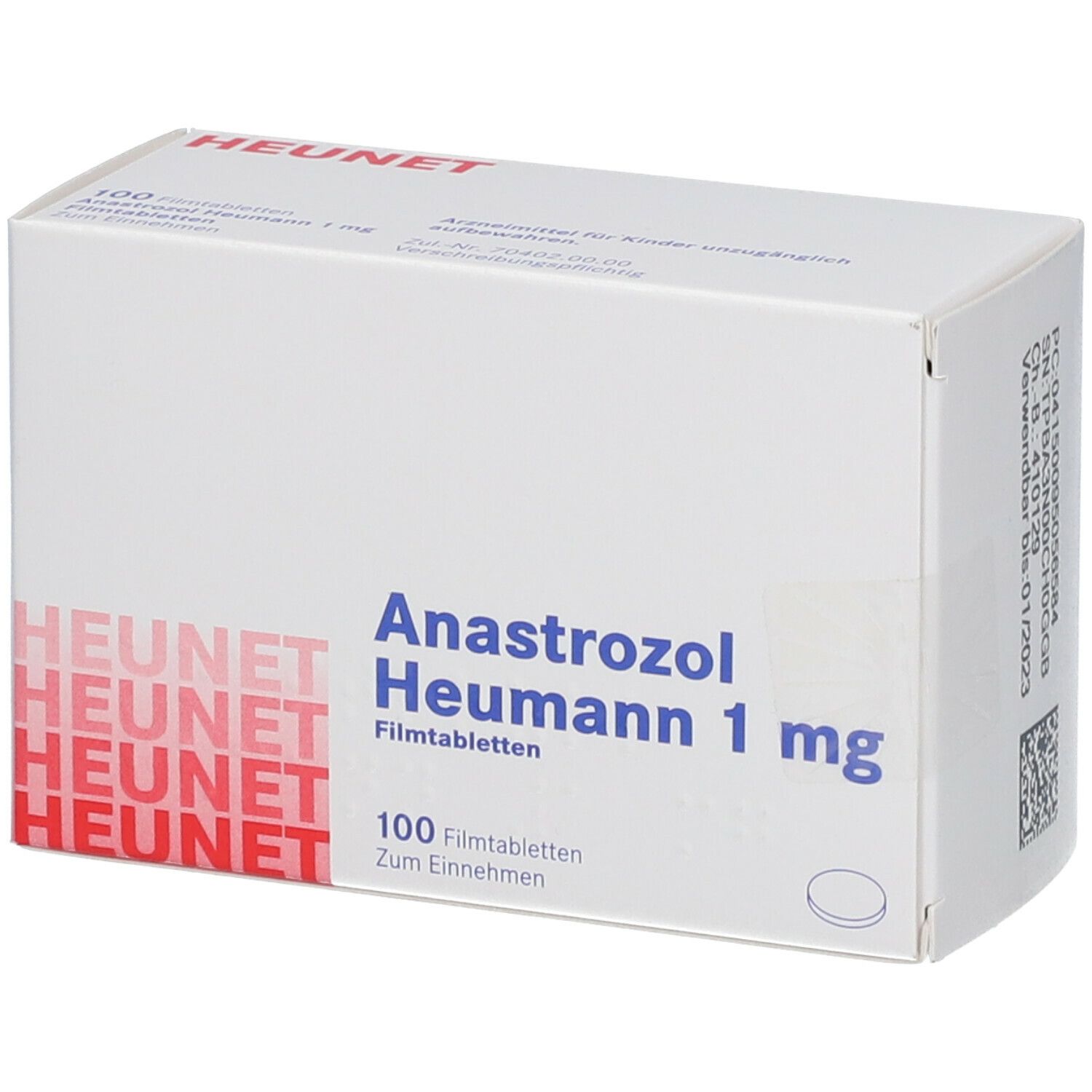Description
Anastrozole is a highly selective non-steroidal inhibitor of aromatase enzyme, which in the body of postmenopausal women converts androstenedione in peripheral tissues into estrone and further into estradiol. The therapeutic effect in breast cancer patients is achieved by reducing circulating estradiol levels. In postmenopausal women, anastrozole in a daily dose of 1 mg causes a decrease in the level of estradiol by 80%.
It has no progestogenic, androgenic or estrogenic activity. Daily dose up to 10 mg has no effect on cortisol and aldosterone secretion. Substitution of corticosteroids is not required. Anastrozole may cause a decrease in bone mineral density in postmenopausal patients with hormone-positive early breast cancer. Anastrazole alone or in combination with bisphosphonates does not alter plasma lipid levels.
It is rapidly absorbed, maximum plasma concentration is reached within 2 hours after ingestion on an empty stomach. Food slightly reduces the rate of absorption. The rate of reduction has no clinically significant effect on the equilibrium plasma concentration of the drug at a single daily dose. Approximately 90-95% of the equilibrium concentration of anastrozole is reached after 7 days of drug administration. There is no information about time and dose dependence of pharmacokinetic parameters. Age of postmenopausal women does not affect pharmacokinetics. The binding to plasma proteins is 40%.
Anastrozole is eliminated from the body slowly. The plasma elimination half-life is 40-50 hours. Extensively metabolized in postmenopausal women. Unchanged 10% of the dose is excreted with urine within 72 hours after administration. Metabolized by N-dealkylation, hydroxylation and glucuronidation. The main metabolite triazole has no activity. Excretion of metabolites occurs with the urine. Hepatic cirrhosis or renal dysfunction does not alter the clearance of anastrozole after oral administration.





Reviews
There are no reviews yet.